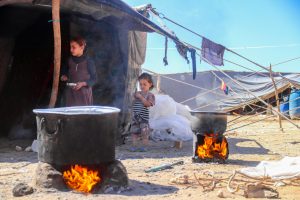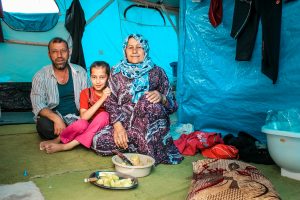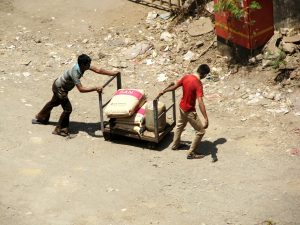Trying to imagine daily life in Gaza from afar is almost impossible. The blockade, frequent bombings, and economic collapse shape a reality that millions endure every single day. Yet, when we look closely, we find not only suffering but also resilience, creativity, and extraordinary strength.
Many people believe that living under siege means complete silence and hopelessness. The truth is different. Gaza’s people continue to work, study, and celebrate life, even when circumstances seem unbearable. This article explores what “daily life under siege” really looks like — and why the world must pay attention.
Setting Up the Context: What Does “Siege” Mean in Gaza?
The siege of Gaza is not just about borders. It affects electricity, water, healthcare, education, and even freedom of movement. Families often wake up not knowing whether they will have electricity during the day or whether medicine will be available in hospitals.
These limitations are not occasional disruptions — they are a constant reality. And yet, families find ways to adapt and survive.
The Struggle with Electricity and Water
Electricity in Gaza usually runs for only 4–6 hours a day. This means families must organize their entire lives around power cuts:
-
Cooking happens when ovens can run.
-
Children study by candlelight or small lamps.
-
Hospitals depend on generators that are expensive to maintain.
Clean water is another challenge. Many homes rely on small tanks or must purchase bottled water, turning daily needs into extraordinary struggles.
Education Amid Destruction
Despite these obstacles, schools continue to operate. Teachers often work with limited supplies, and classrooms sometimes hold more than 50 students at once. When bombings damage school buildings, lessons move into temporary shelters or tents.
Still, parents and children see education as a form of resistance. Every notebook filled, every class attended is a declaration that life continues despite the siege.
Family Life and Community Spirit
Gaza’s families have built unique systems of resilience:
-
Neighbors share electricity from generators.
-
Communities organize collective meals when food is scarce.
-
Weddings, birthdays, and cultural celebrations continue, even in the shadow of conflict.
This strong sense of community is a survival mechanism — but also a cultural treasure.
Why the World Must Pay Attention
It is easy for outsiders to see Gaza only through the lens of war. But behind the headlines are people who wake up, go to school, bake bread, get married, and tell stories. The siege has shaped their lives, but it has not erased their humanity.
Daily life under siege is more than survival — it is a story of perseverance that the world needs to hear.
Final Thoughts
Solidarity with Gaza starts with listening. When we amplify the voices of ordinary families, we remind the world that Gaza is not only a place of conflict, but also a place of life, dreams, and dignity.
👉 Share this story, talk about it with your friends, and help the world see Gaza not just through war, but through the lives of its resilient people.






